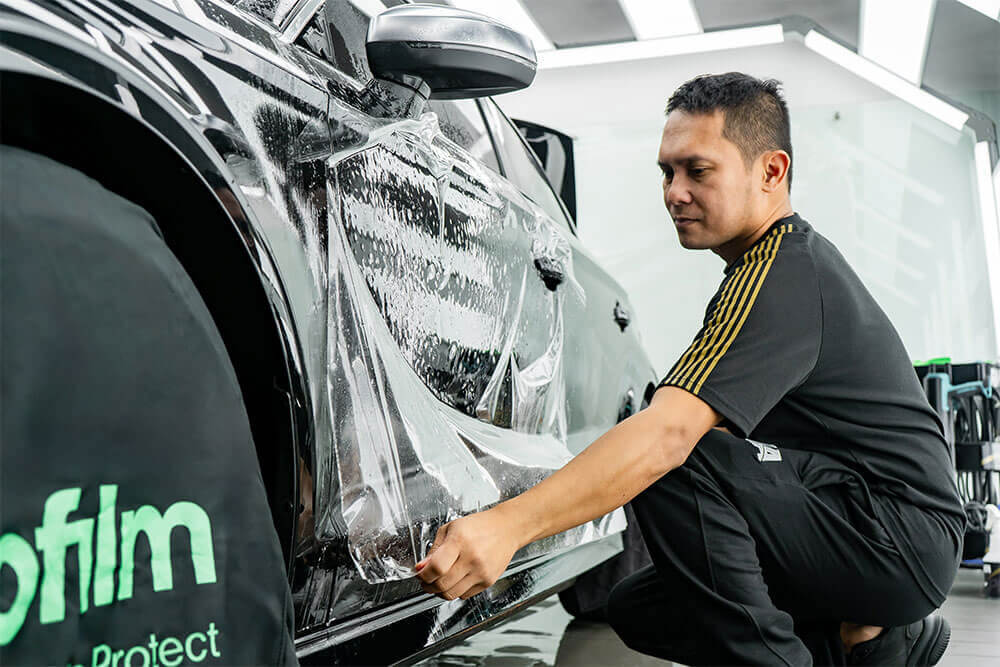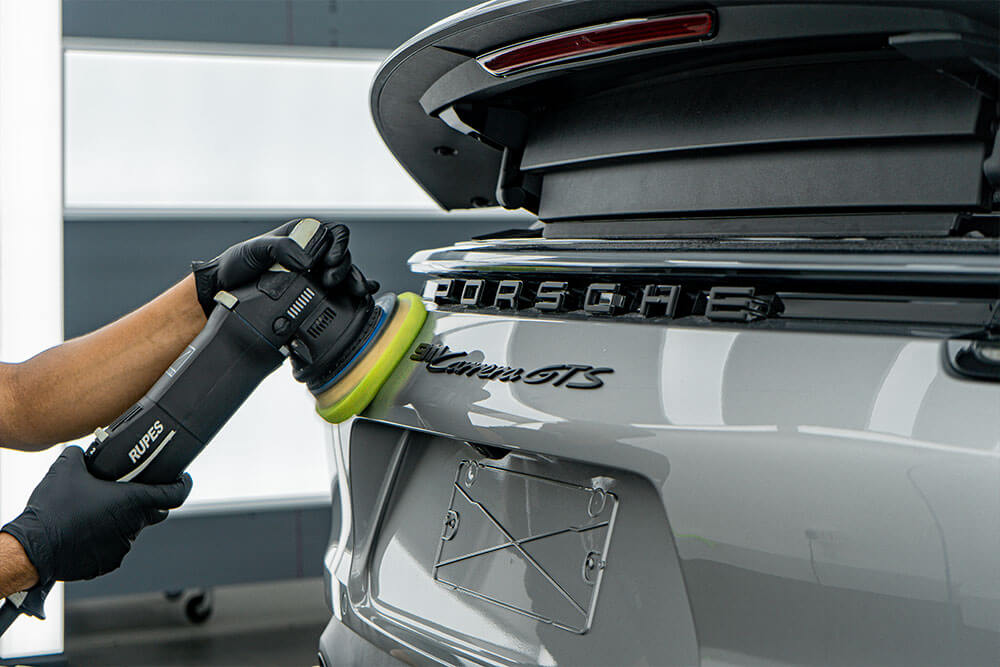Growing Popularity of Full-Body PPF Coverage vs. Partial Protection

In the automotive world, keeping a vehicle looking pristine is a top priority for many car owners. Whether you own a luxury sedan, a sports car, or a reliable daily driver, the wear and tear of everyday use can quickly diminish your vehicle’s aesthetics. That’s where Paint Protection Film (PPF) steps in as a revolutionary solution. Among the many debates surrounding PPF, one of the most talked about topics is full body coverage versus partial protection. Let’s explore why full body PPF is gaining traction over its partial counterpart.
The Appeal of Partial Protection
Partial PPF coverage typically focuses on high impact areas of a vehicle, such as the hood, front bumper, side mirrors, and rocker panels. The logic is simple: these areas are most vulnerable to damage from road debris and everyday hazards. Partial protection is more cost effective than full body coverage and serves as a budget friendly option for car owners who want to address the most critical zones.
However, the limitations of partial protection are becoming increasingly apparent. While it saves money upfront, the uncovered areas remain exposed to potential damage. Over time, this can create a visual mismatch between protected and unprotected sections, especially when the paint begins to show signs of wear.
The Rise of Full-Body PPF Coverage
Full body PPF coverage provides a comprehensive shield for the entire vehicle. It eliminates the risk of damage to exposed areas and ensures uniform protection and aesthetic appeal. Here are a few reasons why full body coverage is becoming the preferred choice for car enthusiasts and owners:
- Seamless Protection: With full body PPF, every inch of the car’s exterior is safeguarded, leaving no room for inconsistencies. This uniform coverage maintains the vehicle’s appearance and resale value.
- Enhanced Durability: Full body PPF protects against not only road debris but also environmental factors like UV rays, which can cause paint to fade over time. This ensures the car looks new for years to come.
- Aesthetic Benefits: Modern PPF is designed to be virtually invisible, preserving the vehicle’s original finish. For those who opt for matte or gloss enhancing PPF, the film can even elevate the car’s visual appeal.
- Long-Term Savings: While the initial cost of full body PPF is higher, it saves money in the long run by reducing the need for paint touch-ups, detailing, and repairs.
Why the Shift?
The growing popularity of full body PPF coverage can be attributed to increased awareness and advancements in PPF technology. Today’s films are more durable, easier to install, and offer better optical clarity than earlier versions. Additionally, as more vehicle owners recognize the long term benefits, they are willing to invest in comprehensive protection.
Making the Right Choice
Deciding between partial and full body PPF ultimately depends on your priorities, budget, and how you use your vehicle. Partial protection might suffice for older cars or vehicles used sparingly. However, for luxury cars, new purchases, or vehicles exposed to harsh conditions, full body PPF is an investment worth considering.
Conclusion
As the demand for vehicle longevity and aesthetics grows, the trend toward full-body PPF coverage shows no signs of slowing down. It offers a superior level of protection, ensuring your car remains in pristine condition while providing peace of mind. Whether you’re a car enthusiast or simply a proud vehicle owner, full-body PPF coverage could be the key to keeping your car looking flawless for years to come.
Feel free to reach out



